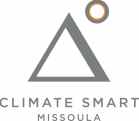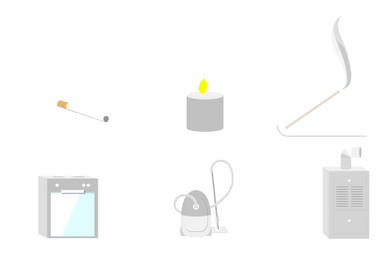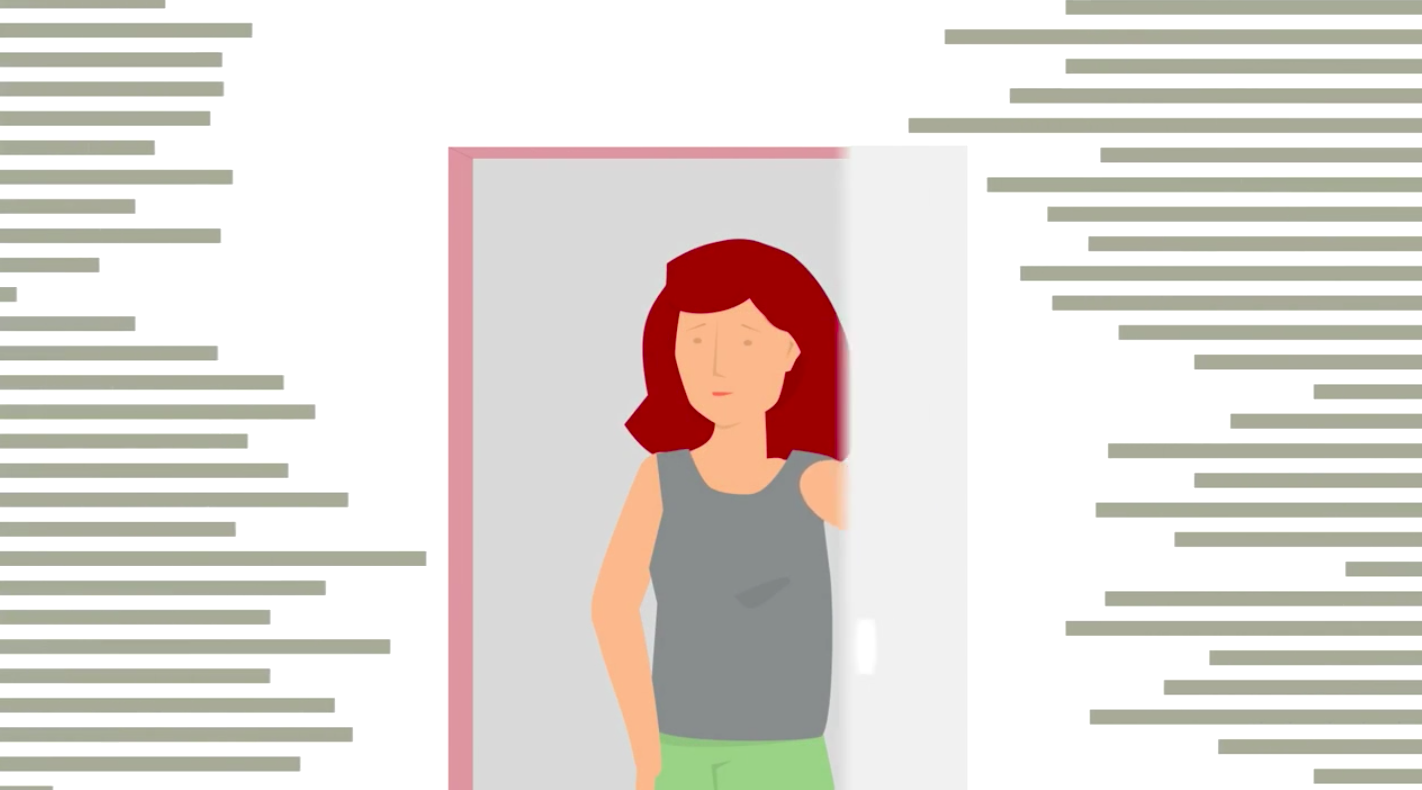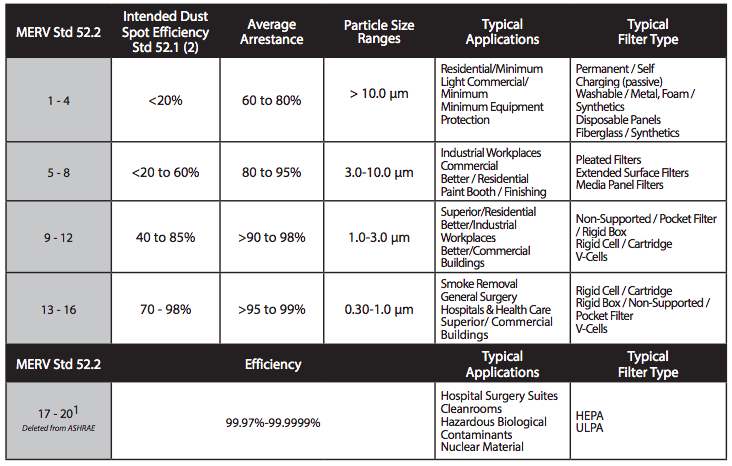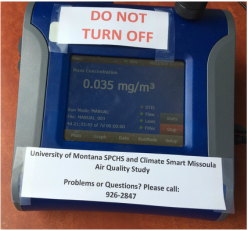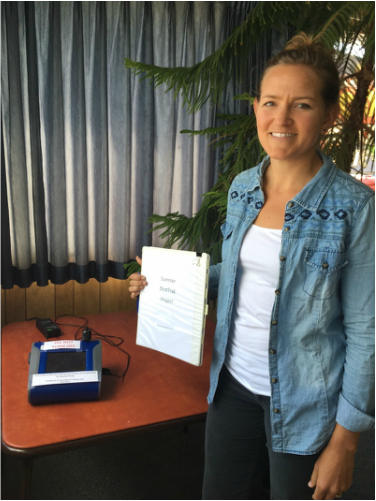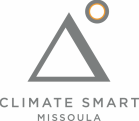For our most updated information on wildfire smoke and its relationship to COVID-19, visit our companion site, montanawildfiresmoke.org
To learn how Summer Smart fits into our community's broader climate resiliency efforts, visit climatereadymissoula.org
What factors affect indoor air quality?A wide range of conditions and pollution sources combine to determine indoor air quality in a particular location. These can include:
Studies by the U.S. Environmental Protection Agency (EPA) indicate that indoor pollution levels may be two to five times higher than outdoor levels and are sometimes much higher. Yet when wildfire smoke creates unhealthy air outdoors, public health officials recommend staying indoors to avoid the health risks of wildfire smoke. Knowing how indoor air compares with outdoor air when it's smoky outside can help us make better decisions about how best to stay healthy as wildfires increase. |
What can you do to improve indoor air?Reduce Other Pollutants
Minimize potential health impacts of smoke by reducing other pollutants in your home, changing the settings on your central cooling systems, and more.
Central Air Fixes - Heating and Cooling Systems
All centralized heating systems have a filter component. The filter can often be found where the main system is located, where outdoor air is being pulled inside. For example, in a typical home furnace system, the filter is often placed before the blower motor, in a space between an air duct and the heating aspect of the furnace. Filters are designed to reduce pollution of our indoor air, and are rated on an effectiveness scale by ASHRAE, the American Society of Heating, Refrigerating, and Air-Conditioning Engineers. These MERV (minimum efficiency reporting value) ratings vary from 1 to 20 depending on how well they filter different sizes of pollutants. Below is a chart that displays the effectiveness of different MERV rated filters.
For wildfire smoke, filters rated at least 13 are effective in reducing harmful particles in the air. Filters rated below 13 cannot effectively trap the harmful particulates in wildfire smoke. However, these higher rated filters can strain old heating and/or cooling systems, so consider asking an HVAC technician to check your system before upgrading your filter. Also, using a finer filter will cause your system to use more energy to push air through, so think about putting a lower rated filter back in after the smoke clears away.
Most heating and cooling systems are able to shut off the inflow of outdoor air and simply recirculate indoor air. This is helpful during wildfire smoke because it allows your air to be filtered multiple times, and prevents smoke from coming inside. Find out if your system can be manually or by control switched to recirculate. Remember to undo this when the smoke clears so that your home or office can have fresh air. |
A note on smoke leakage:
Smoke particles are tiny, and can seep through small cracks in your building. In order to let your filters do their job, and ensure the healthiest breathing environment possible make sure to keep doors and windows closed as much as possible. The more times the same air can pass through your filter, the better.
Smoke particles are tiny, and can seep through small cracks in your building. In order to let your filters do their job, and ensure the healthiest breathing environment possible make sure to keep doors and windows closed as much as possible. The more times the same air can pass through your filter, the better.
Studying indoor air in Missoula
|
Ever wondered how healthy indoor air is when it's smoky outside? We certainly have - and that's the question we're exploring with our indoor air quality study. In collaboration with the University of Montana's School of Public and Community Health Sciences, we monitored PM 2.5 (those tiny particles in wood smoke that are unhealthy at high levels) at several locations around town, including the Missoula Public Library, the Children's Museum, the Senior Center, Currents, The Women's Club Health and Fitness Center, our office here at Climate Smart, and a private home during the summer of 2017. This last summer (2018), there was much less smoke, but we were able to collect some data by placing monitors in several locations including the Senior Center and Fuel Fitness.
We started this study as a pilot project in the summer and fall of 2016, when we didn't get much wildfire smoke in the Missoula Valley. We collected some good baseline data then, and then those monitoring units were back out in the community for the much smokier summer of 2017. Data from this study is giving us a clearer picture of the air quality in places where we seek refuge from smoke, helping to inform decisions about making our indoor spaces healthier in the future. |
|
What we learned from 2017: During the bad smoke of 2017 we set up a handful of indoor air monitors in various Missoula locations. We worked with the University of Montana's School of Public and Community Health Sciences to make this possible. Using air monitors placed in outdoor and indoor spaces, we found that without a good filtration system, when conditions are unhealthy or worse, indoor air is often not much better than being outside. Spaces with portable HEPA air filters, or heating and cooling systems with good filters and the capability to recirculate indoor air had much healthier air than outside, while spaces without filtration, or those constantly pulling in air from outside did not. What's a good filter? One with a MERV 13 or higher rating. Many filters around town are MERV 8 which is a good filter except when the smoke is thick. This is a good time to see if your work place or residence can accommodate a better filter. The higher the filter rating the more energy it will use to move the air through (and the more it may strain motors) so we recommend you use a MERV 13 filter if your system allows and only during "smoke season". Please check with a heating/cooling specialist to understand your particular system requirements and options. |
